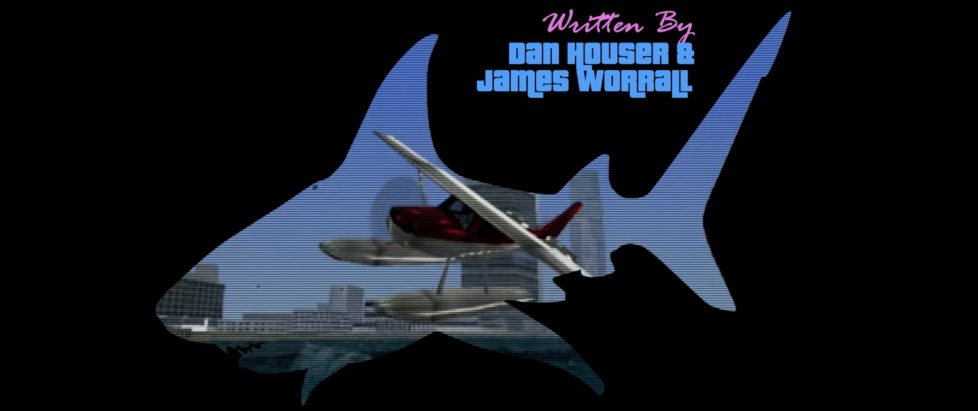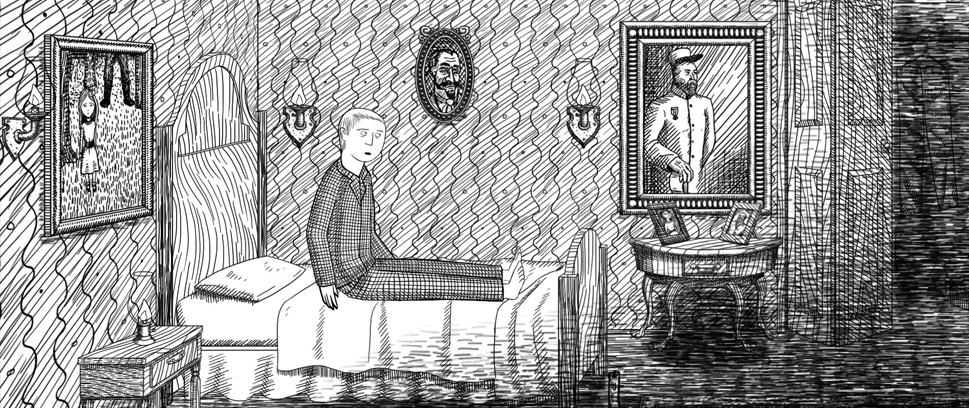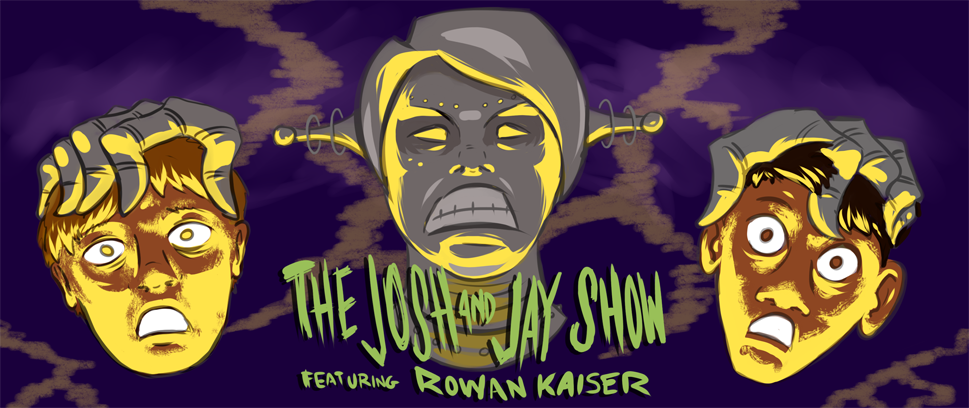
Promising Hope, but Never Delivering
Gaming in my childhood was an interesting experience, and Grand Theft Auto: Vice City holds a special place in my heart. At that time, searching for pirated games was not hard, but due to slow internet connections it often took considerable time to finish installation. It wasn’t until I was able to double-click the pink icon on the desktop and hear Ken’s line “shit in my face” during the cutscene that I knew I was successful. While the download inched forward, my mind drifted away from my apartment, and I could not help visualizing myself running wild in the streets of Miami, exploring vast landscapes, and embarking on an epic journey to the throne of the criminal underworld.
At first, my area of operation was confined to one side of the city, as the bridges were closed due to hurricane warnings, which quickly made me feel bored and weary. So, I redirected my attention to the other side of town, across the water. I thought I could find something new at Escobar International Airport – after all, an airplane could be seen landing when Tommy made his first appearance, and there were white trails left by flying planes barely visible in the sky. However, as a soluble man, Tommy could not swim and was prone to death when touching water. Thankfully, with the help of cheat codes, I could drive my car into the sea and direct my vehicle to the boatyard in Vice Port, where there was a slipway that allowed me to come ashore. I rushed to the terminal and trespassed on the tarmac, only to find an empty wall at the end of the gate. The jet planes, big or small, were simply non-interactive models.
Late last year, I was let down again when playing The Division. Originally, I liked the idea of a group of sleeper agents rising up to save a metropolitan area from the hell of war in a post-apocalyptic scenario. I helped almost every civilian I came across – I managed to collect data, fix antennae, rescue hostages, defend supplies, assault strongholds, and disrupt arms deals so that I could attain a slight level advantage over opponents. Even after being repeatedly killed in the “no respawn” zone, I never feared the enemy factions. But ultimately, the game dashed my hopes of saving New York by turning itself into an endless campaign, a battle doomed to never be resolved, with hostile forces bouncing back over and over again. All these ambitious visions and tireless efforts seemed to be worthless in an instant, like a joke.

A couple of weeks later, I was asked to attend a conference. By the time noon rolled around, the meeting was adjourned and many attendees thronged to the cafeteria for lunch. As an unregistered attendant, I was not entitled to enjoy the self-serve meal, so I went to the beach nearby to relax. Sadly, it was a cold, blustery day. Ominous dark clouds loomed on the horizon. Feeble sunlight glistened and gleamed on the surface of the sea. White foam crashed onto the shore a few inches away from the tip of my shoes. The freezing ocean wind howled and lashed against my face, sneaking into my coat. I could have gone elsewhere, I even knew about another conference on game studies held at the same time, which might have even been more thematically interesting. Dwelling on the missed opportunity, I forgot to call my grandma to wish her a happy birthday.
Standing still on the sand, I tried to probe into the devastation of my hope. In his video essay “Games that don’t Fake the Space”, Jacob Geller says, “A computer is making me think there is a world inside of this flat screen. The whole thing is an unbelievably complicated illusion, a magic trick so impressive [that] we don’t even think about it.” Maybe I was wrong from the outset. Essentially, inside the screen is a dreamland created by scripted static codes, which makes it inevitably lag behind the ever-changing world from the moment of its birth. And I cast my perfect hopes into that imperfect realm of simulation, and deceived myself with vivid illusions, in an attempt to ignore the gravity of reality, to jump through the gap between my subjective expectations of a videogame and its actual gameplay.
In recent years, I’ve seen a growing interest in what I call “reality fetishism” on the internet. An example is how, in Call of Duty: Modern Warfare, some players obsess over the ability to inspect your weapon, as well as details like footprints, foggy winter breath, and bouncing shells. Another is the fawning over graphics and details in Red Dead Redemption 2 like wind chimes making sound when it’s windy, shooting stars in the sky, and decomposing corpses in the wild. In the comments of videos about the game, there is usually a myriad of compliments, as these features seem to satisfy the hope of certain gamers who are obsessed with the pursuit of reality. This attention to detail is laudable, and I love the characterization of Arthur Morgan, but these are devices that hook our optimistic projections from deep within, and they almost always fall apart when asked to bear our follow-up feelings and desire for more experiences. To me, this self-contradiction makes gaming a lonely life. And if one is a passionate enough gamer they must face reality, or the lack of it, every time they press start.
Game developers carefully craft a set of wings made of colorful feathers glued with wax, and some of us are mesmerized by these fancy appearances. We mistakenly believe we can break through virtuality simply by flying high enough, until the wax melts under the scorching sunlight. As long as we take reality as the ultimate pursuit of video games, we are doomed to fall and drown. To use what is limited to pursue what has no limit, we can only lose hope.
———
Zonghang Zhou is a small-town boy seeking to write about games and culture in the English department. He is waiting with anticipation for someone to find him @zhzhou86.





